Fender introduced the Stratocaster to the world in 1954. But they didn’t stop to give each other a pat on the back and say job well done. Leo and his team continually worked to improve the sound, style and feel of the most popular guitar ever.
Changes made to the Strat were heavily influenced by popular music at the time, as well as desirable features and an ever evolving market of boundary-pushing guitars sold to moreish buyers.
Leo Fender regularly made minor updates to the original Strat concept. Rather than recreate a model for each year, Fender’s modern day Vintera and American Original ranges aim to capture the essence of each unique decade. Offshoot Fender brand Squier also tailor their guitars to the same key decades of guitar innovation. Here’s what makes ’50s, ’60s and ’70s Strats unique.



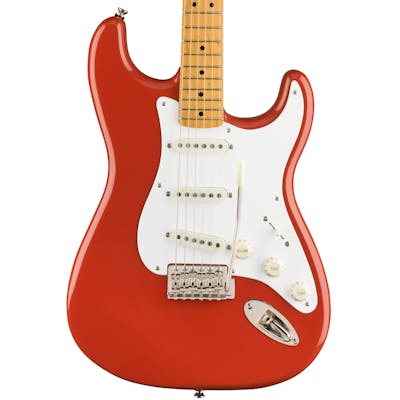

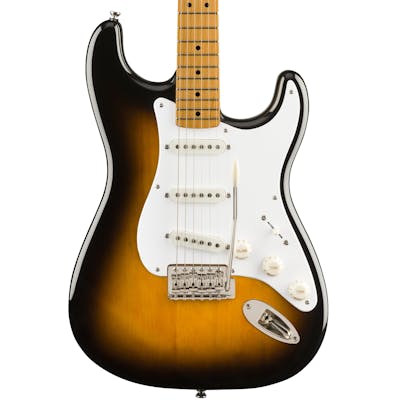
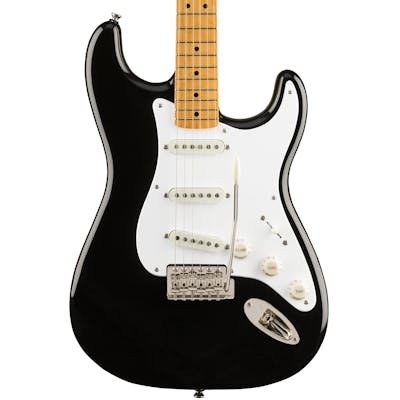


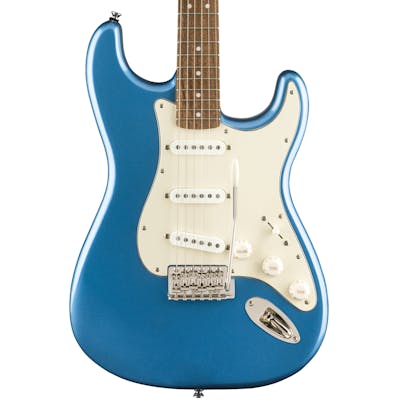
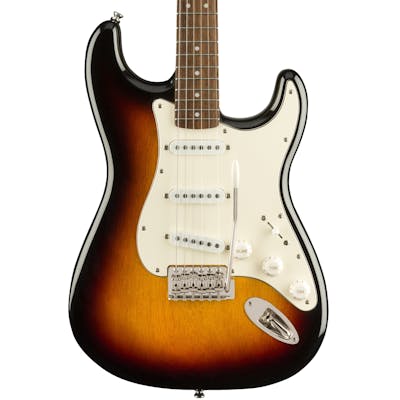


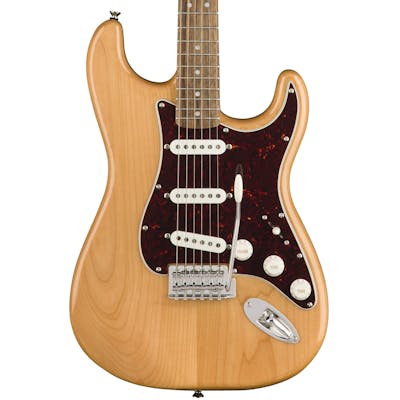
Responses & Questions